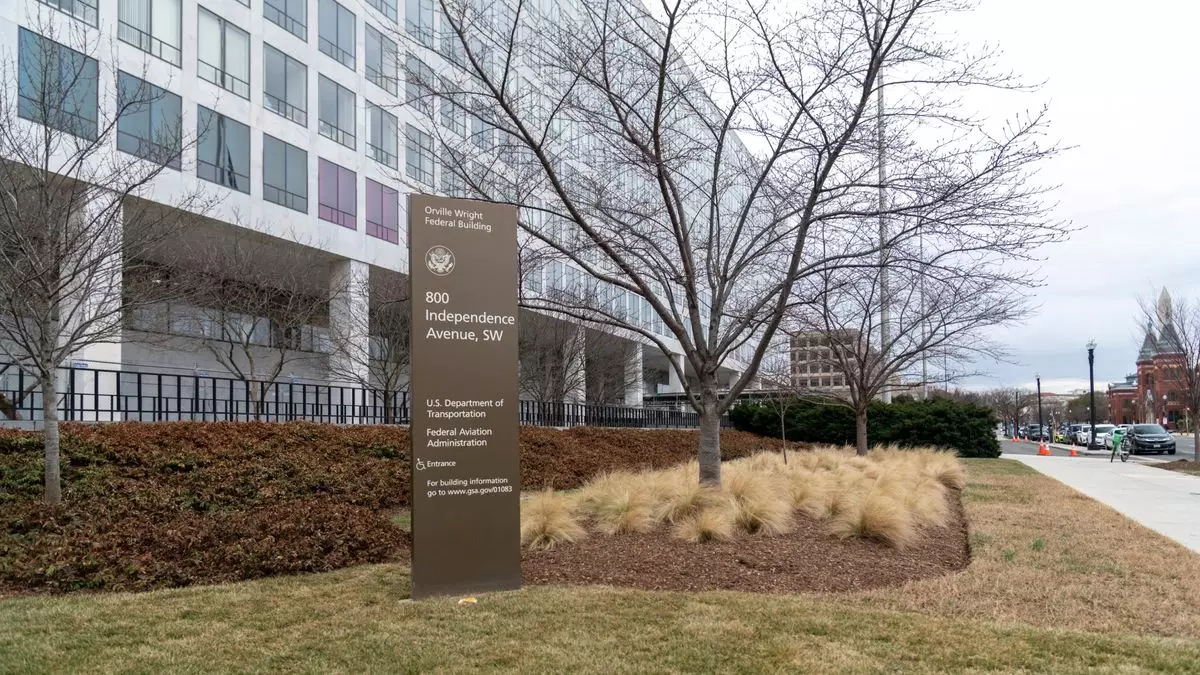The potential shift in federal contracts regarding the modernization of the nation’s air traffic communications system has sparked significant controversy, primarily due to the involvement of Elon Musk’s satellite company, Starlink. Recent developments indicate that Starlink is in a favorable position to replace Verizon in a $2 billion contract for upgrading the aging air traffic control infrastructure. However, the implications of this transition raise critical questions about transparency, conflicts of interest, and the adequacy of testing such a pivotal system.
The Federal Aviation Administration (FAA) has been attempting to modernize its air traffic communications system, which currently relies on outdated ground-based technology. This modernization effort, originally awarded to telecommunications giant Verizon, aimed to transform the communications framework into a more efficient, fiber-optic-based system. Government records indicate that almost $200 million have already been spent on this 15-year initiative, indicating a significant investment into updating the technologies that ensure the safety of millions of air travelers.
Musk’s claims about the shortcomings of the existing Verizon system are not unfounded. He emphasized the urgent need for immediate action, declaring the current setup a safety risk for air travelers. However, the controversy lies in how this urgent necessity is being navigated—specifically regarding the involvement of his company, Starlink, which is now being tested in FAA facilities across the country.
As Starlink, a subsidiary of Musk’s SpaceX, begins integrating its technology into FAA projects, concerns are escalating about whether adequate evaluations have taken place. While Starlink aims to offer a novel solution through its satellite constellation, the lack of rigorous testing raises alarm bells among former FAA officials and contracting experts. Jessica Tillipman, a contracting law scholar at George Washington University, pointed out the dire need for transparency in the processes guiding these transactions, highlighting that without it, there is no clear understanding of Musk’s potential access to sensitive information that could give Starlink a decisive competitive advantage.
The FAA has been silently installing Starlink terminals at specific facilities, with claims that they will enhance telecommunications. Yet, the installation raises the question of whether these satellite-based terminals can adequately replace a system that has undergone extensive testing and deployment through traditional means. The rush to replace a longstanding, proven system with emerging technology must be scrutinized to ensure that air travel continues to remain safe.
The crux of the issue involving Starlink and the FAA is not just about technological efficacy but also the ethical dimensions surrounding contract awards and governmental transparency. Musk’s position as a senior adviser to the White House complicates the situation further. Ethical regulations dictate that individuals who might benefit from government contracts must either recuse themselves or divest their interests. However, reports suggest that several employees at SpaceX received waivers to partake in government work that could potentially benefit Musk.
This situation raises valid concerns about the integrity of public contracting processes. Past agreements between government entities and Musk’s ventures have benefited from his unique position, prompting widespread speculation around favoritism and conflicts of interest. As SpaceX pursues its ambitions across various government domains—ranging from NASA to Department of Defense contracts—the case for greater oversight and regulation becomes increasingly compelling.
Musk’s ventures, including Tesla and Neuralink, have developed extensive ties with various government agencies. This broad web of interconnections puts significant power in the hands of a few corporate players. The reality is that such relationships undermine competitive fairness and shape public policy in ways that may not always align with the best interests of the public. The FAA’s inclination to rely on Starlink for a crucial aspect of air travel infrastructure must be weighed against the potential risks of sacrificing effectiveness for speed.
As various departments stand to reward Musk’s companies through contract tweaks and renewals, it is vital for oversight bodies to step up and investigate these synergistic relationships. Ensuring that existing technologies are not prematurely discarded for untested alternatives is imperative. Public safety must be the foremost agenda in discussions about modernization and technological advancement within federal projects.
The transition of a federal contract from Verizon to SpaceX’s Starlink for air traffic communications modernization signifies more than just a technological leap; it presents essential questions about ethics, transparency, and the requisite safeguards needed when integrating groundbreaking technologies into critical systems. As these discussions unfold, stakeholders must prioritize an informed, ethical approach to ensure that the public’s safety does not fall victim to corporate interests and insufficient oversight. The future of air travel infrastructure deserves more than just ambition; it requires a commitment to rigorous evaluation and accountability.


Leave a Reply